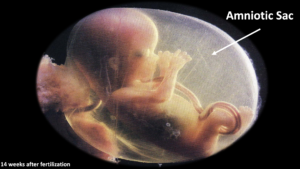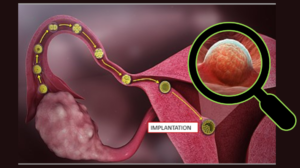 Our Human Reproduction and Embryology program teaches reproductive science. This program starts with a brief review of puberty content then focuses on the homologous nature of the female and male anatomy. We provide students the scientific explanation of fertilization and what is needed to create new life. A basic overview of genetics and cell division, prenatal development, and the opportunity for students to address commonly asked questions regarding multiples, miscarriage and delivery are given. Additionally, we explore how the social emotional skills of negotiation and teamwork can be helpful in navigating the ups and downs of puberty and the increased independence and responsibility that comes with adolescence.
Our Human Reproduction and Embryology program teaches reproductive science. This program starts with a brief review of puberty content then focuses on the homologous nature of the female and male anatomy. We provide students the scientific explanation of fertilization and what is needed to create new life. A basic overview of genetics and cell division, prenatal development, and the opportunity for students to address commonly asked questions regarding multiples, miscarriage and delivery are given. Additionally, we explore how the social emotional skills of negotiation and teamwork can be helpful in navigating the ups and downs of puberty and the increased independence and responsibility that comes with adolescence.
 Program Goals:
Program Goals:
Students will…
- To explain the functions of the reproductive organs
- To describe the process of fertilization
- To recognize stages of growth during prenatal development (embryology)
- To identify SEL tools to manage life challenges
Program Fee: See Complete Program Fee Grid >
Standards Alignment: See Complete Details >
